Environmental Control and Optimization Strategies for Hydrogen Production Systems Using Chlorella
DOI: 10.23977/erej.2025.090120 | Downloads: 6 | Views: 633
Author(s)
Wang Xiang 1, Yang Wenying 1, Liu Rong 1, Wang Siyuan 1, Lei Lei 1
Affiliation(s)
1 Hunan Agricultural University, Changsha, Hunan, 410128, China
Corresponding Author
Wang XiangABSTRACT
Chlorella, with its large biomass and ability to produce hydrogen directly or indirectly, has become a potential green hydrogen resource. However, its hydrogen production efficiency is significantly affected by environmental conditions and system design. This paper systematically analyzes the environmental factors affecting chlorella hydrogen production, elucidates the toxicity mechanisms of pollutants such as microplastics and heavy metals, and examines the stress response mechanisms of chlorella. By integrating strategies for constructing hydrogen production systems, the paper proposes solutions to enhance chlorella hydrogen production efficiency from both environmental regulation and technological optimization perspectives, providing theoretical support for the practical application of chlorella hydrogen production.
KEYWORDS
Chlorella, hydrogen production system, environmental control, optimization strategy, pollutant toxicity, stress resistance mechanismCITE THIS PAPER
Wang Xiang, Yang Wenying, Liu Rong, Wang Siyuan, Lei Lei, Environmental Control and Optimization Strategies for Hydrogen Production Systems Using Chlorella. Environment, Resource and Ecology Journal (2025) Vol. 9: 173-178. DOI: http://dx.doi.org/10.23977/erej.2025.090120.
REFERENCES
[1] Li, Y., Zhou, Q., Ren, B., Luo, J., Yuan, J., Ding, X., & Yao, X. (2019). Trends and health risks of dissolved heavy metal pollution in global river and lake water from 1970 to 2017. Reviews of Environmental Contamination and Toxicology Volume 251, 1-24.
[2] Chen, X., Mu, C., Jia, L., Li, Z., Fan, C., Mu, M., & Wu, X. (2021). High-resolution dataset of thermokarst lakes on the Qinghai-Xizang Plateau. Earth System Science Data Discussions, 2021, 1-23.
[3] Kataoka, T., Nihei, Y., Kudou, K., & Hinata, H. (2019). Assessment of the sources and inflow processes of microplastics in the river environments of Japan. Environmental pollution, 244, 958-965.
[4] Ding, J., Jiang, F., Li, J., Wang, Z., Sun, C., Wang, Z., & He, C. (2019). Microplastics in the coral reef systems from Xisha Islands of South China Sea. Environmental Science & Technology, 53(14), 8036-8046.
[5] Long, M., Moriceau, B., Gallinari, M., Lambert, C., Huvet, A., Raffray, J., & Soudant, P. (2015). Interactions between microplastics and phytoplankton aggregates: impact on their respective fates. Marine Chemistry, 175, 39-46.
[6] Li, Y., Liu, S., Ji, Z., Sun, J., & Liu, X. (2023). Distinct responses of Chlorella vulgaris upon combined exposure to microplastics and bivalent zinc. Journal of Hazardous Materials, 442, 130137.
[7] Spain, O., Plöhn, M., & Funk, C. (2021). The cell wall of green microalgae and its role in heavy metal removal. Physiologia Plantarum, 173(2), 526-535.
[8] Zhang, W., Tan, N. G., Fu, B., & Li, S. F. (2015). Metallomics and NMR-based metabolomics of Chlorella sp. reveal the synergistic role of copper and cadmium in multi-metal toxicity and oxidative stress. Metallomics, 7(3), 426-438.
[9] Tunali, M., Uzoefuna, E. N., Tunali, M. M., & Yenigun, O. (2020). Effect of microplastics and microplastic-metal combinations on growth and chlorophyll a concentration of Chlorella vulgaris. Science of the Total Environment, 743, 140479.
[10] McIlwain, D. R., Berger, T., & Mak, T. W. (2015). Caspase functions in cell death and disease. Cold Spring Harbor Perspectives in Biology, 7(4), a026716.
[11] Dickens, L. S., Powley, I. R., Hughes, M. A., & MacFarlane, M. (2012). The ‘complexities’ of life and death: death receptor signalling platforms. Experimental cell research, 318(11), 1269-1277.
[12] Zhang, X., Shi, Z., Liu, Q., Ye, F., Tian, L., & Huang, X. (2013). Spatial and temporal variations of picoplankton in three contrasting periods in the Pearl River Estuary, South China. Continental Shelf Research, 56, 1-12.
[13] Zhang, J. L., & Shi, H. (2013). Physiological and molecular mechanisms of plant salt tolerance. Photosynthesis research, 115(1), 1-22.
[14] Miao, A. J., Schwehr, K. A., Xu, C., Zhang, S. J., Luo, Z., Quigg, A., & Santschi, P. H. (2009). The algal toxicity of silver engineered nanoparticles and detoxification by exopolymeric substances. Environmental pollution, 157(11), 3034-3041.
[15] Partensky, F., & Garczarek, L. (2010). Prochlorococcus: advantages and limits of minimalism. Annual review of marine science, 2(1), 305-331.
[16] Dufresne, A., Garczarek, L., & Partensky, F. (2005). Accelerated evolution associated with genome reduction in a free-living prokaryote. Genome biology, 6(2), R14.
[17] Scanlan, D. J., Ostrowski, M., Mazard, S., Dufresne, A., Garczarek, L., Hess, W. R., & Partensky, F. (2009). Ecological genomics of marine picocyanobacteria. Microbiology and molecular biology reviews, 73(2), 249-299.
[18] Wood, W. H., MacGregor-Chatwin, C., Barnett, S. F., Mayneord, G. E., Huang, X., Hobbs, J. K., & Johnson, M. P. (2018). Dynamic thylakoid stacking regulates the balance between linear and cyclic photosynthetic electron transfer. Nature plants, 4(2), 116-127.
[19] Ten, L. N., Chae, S. M., & Yoo, S. A. (2013). Composition of fatty acids and carotinoids from four species of microalgae. Chemistry of Natural Compounds, 49(4), 740-741.
[20] Shchukarev, A., Gojkovic, Z., Funk, C., & Ramstedt, M. (2020). Cryo-XPS analysis reveals surface composition of microalgae. Applied Surface Science, 526, 146538.
[21] Shuping, Z., Yulong, W., Mingde, Y., Kaleem, I., Chun, L., & Tong, J. (2010). Production and characterization of bio-oil from hydrothermal liquefaction of microalgae Dunaliella tertiolecta cake. Energy, 35(12), 5406-5411.
[22] Liu, H., Ru, G., Zhang, Z., Li, Y., Xia, C., Lu, C., & Zhang, Q. (2021). Experimental study on optimization of initial pH for photo-fermentation bio-hydrogen under different enzymatic hydrolysis of chlorella vulgaris. Bioresource Technology, 338, 125571.
[23] Liu, H., Zhang, H., Zhang, Z., Xia, C., Li, Y., Lu, C., & Zhang, Q. (2021). Optimization of hydrogen production performance of Chlorella vulgaris under different hydrolase and inoculation amount. Journal of Cleaner Production, 310, 127293.
[24] Tschörtner, J., Lai, B., & Krömer, J. O. (2019). Biophotovoltaics: green power generation from sunlight and water. Frontiers in microbiology, 10, 866.
[25] Guan, Y., Deng, M., Yu, X., & Zhang, W. (2004). Two-stage photo-biological production of hydrogen by marine green alga Platymonas subcordiformis. Biochemical Engineering Journal, 19(1), 69-73.
[26] Chader, S., Hacene, H., & Agathos, S. N. (2009). Study of hydrogen production by three strains of Chlorella isolated from the soil in the Algerian Sahara. International Journal of Hydrogen Energy, 34(11), 4941-4946.
[27] Rashid, N., Lee, K., & Mahmood, Q. (2011). Bio-hydrogen production by Chlorella vulgaris under diverse photoperiods. Bioresource technology, 102(2), 2101-2104.
[28] Pant, D., Singh, A., Van Bogaert, G., Olsen, S. I., Nigam, P. S., Diels, L., & Vanbroekhoven, K. (2012). Bioelectrochemical systems (BES) for sustainable energy production and product recovery from organic wastes and industrial wastewaters. Rsc Advances, 2(4), 1248-1263.
[29] Bullen, R. A., Arnot, T. C., Lakeman, J. B., & Walsh, F. C. (2006). Biofuel cells and their development. Biosensors and Bioelectronics, 21(11), 2015-2045.
[30] Saper, G., Kallmann, D., Conzuelo, F., Zhao, F., Tóth, T. N., Liveanu, V., & Adir, N. (2018). Live cyanobacteria produce photocurrent and hydrogen using both the respiratory and photosynthetic systems. Nature communications, 9(1), 2168.
[31] McCormick, A. J., Bombelli, P., Bradley, R. W., Thorne, R., Wenzel, T., & Howe, C. J. (2015). Biophotovoltaics: oxygenic photosynthetic organisms in the world of bioelectrochemical systems. Energy & Environmental Science, 8(4), 1092-1109.
[32] Lai, B., Schneider, H., Tschörtner, J., Schmid, A., & Krömer, J. O. (2021). Technical‐scale biophotovoltaics for long‐term photo‐current generation from Synechocystis sp. PCC6803. Biotechnology and Bioengineering, 118(7), 2637-2648.
[33] Li, S. L., Liao, E. C., Lin, Y. J., Lu, Y. J., Zhang, Y. S., Tseng, Y. T., & Chang, J. S. (2023). Towards sustainable H2 evolution by using an algal-electro-photosynthetic process: The mediator selection alternates the electron sources for Chlorella sorokiniana SU-1. International Journal of Hydrogen Energy, 48(46), 17409-17419.
[34] Zhang, L., Li, L., & Liu, J. (2022). Enhanced biohydrogen and lipid coproduction in Chlorella protothecoides under nitrogen-limiting conditions in a closed system. Journal of Cleaner Production, 359, 132169.
| Downloads: | 5996 |
|---|---|
| Visits: | 452310 |
Sponsors, Associates, and Links
-
International Journal of Geological Resources and Geological Engineering
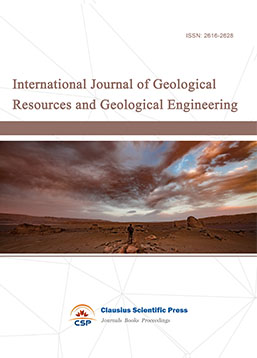
-
Big Geospatial Data and Data Science
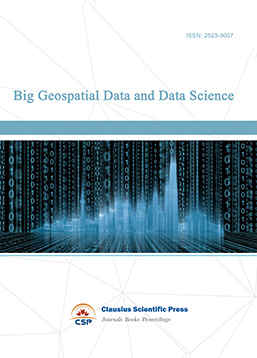
-
Solid Earth and Space Physics
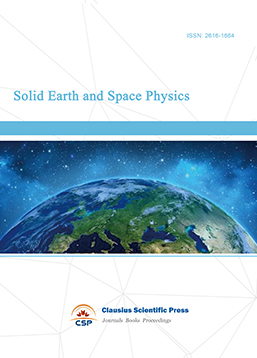
-
Environment and Climate Protection
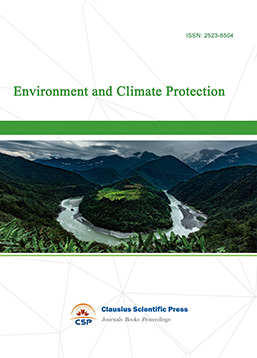
-
Journal of Cartography and Geographic Information Systems
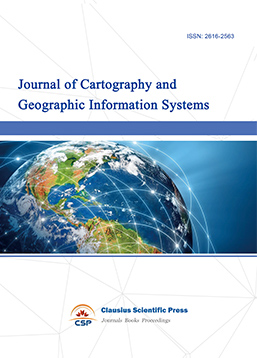
-
Offshore and Polar Engineering
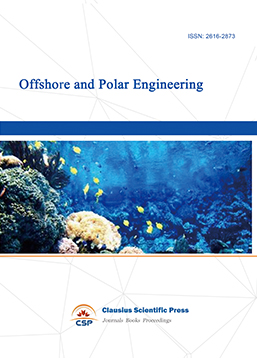
-
Physical and Human Geography
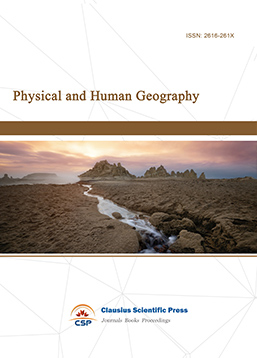
-
Journal of Atmospheric Physics and Atmospheric Environment
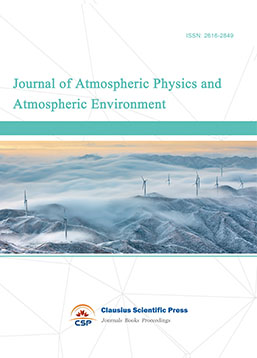
-
Trends in Meteorology
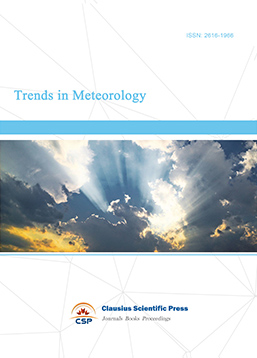
-
Journal of Coastal Engineering Research
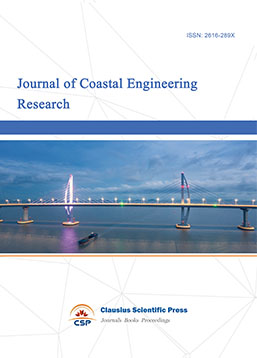
-
Focus on Plant Protection
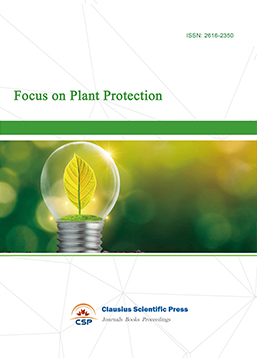
-
Toxicology and Health of Environment
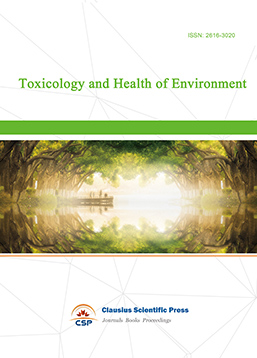
-
Geoscience and Remote Sensing
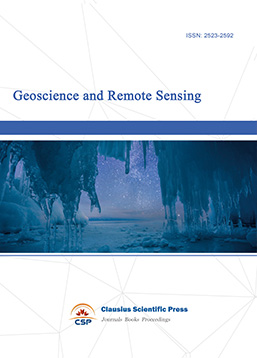
-
Advances in Physical Oceanography
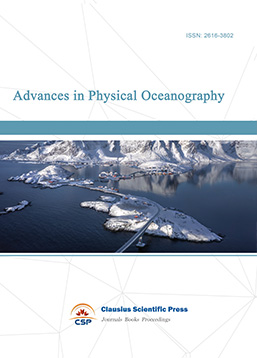
-
Biology, Chemistry, and Geology in Marine
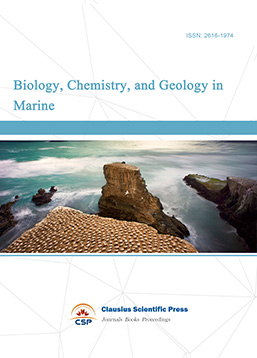
-
Water-Soil, Biological Environment and Energy
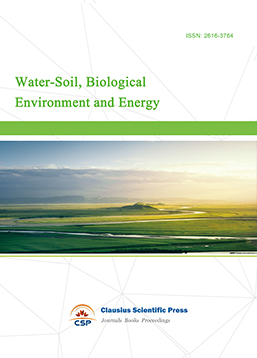
-
Geodesy and Geophysics
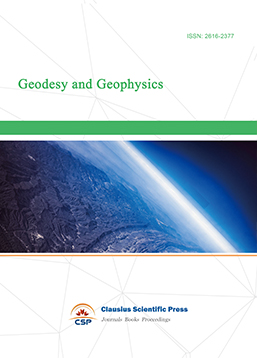
-
Journal of Structural and Quaternary Geology
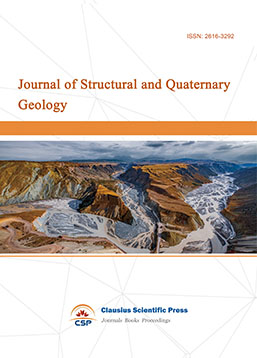
-
Journal of Sedimentary Geology
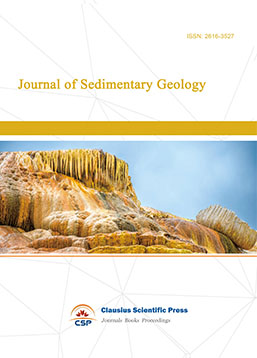
-
International Journal of Polar Social Research and Review
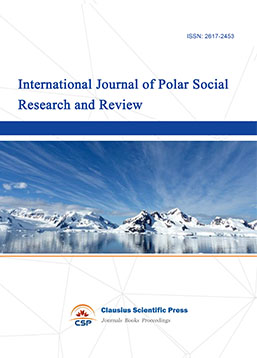

 Download as PDF
Download as PDF